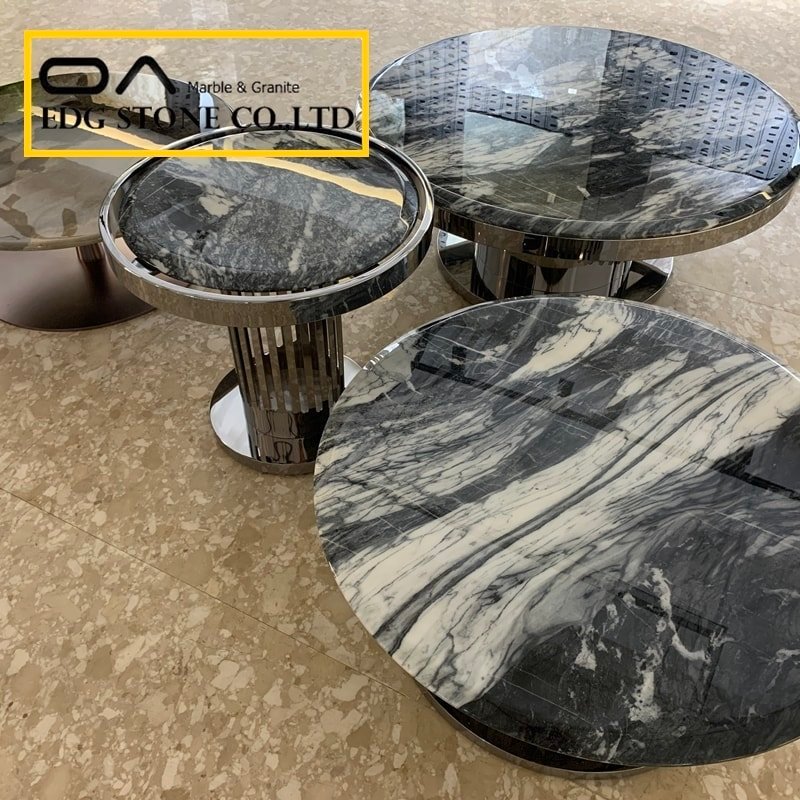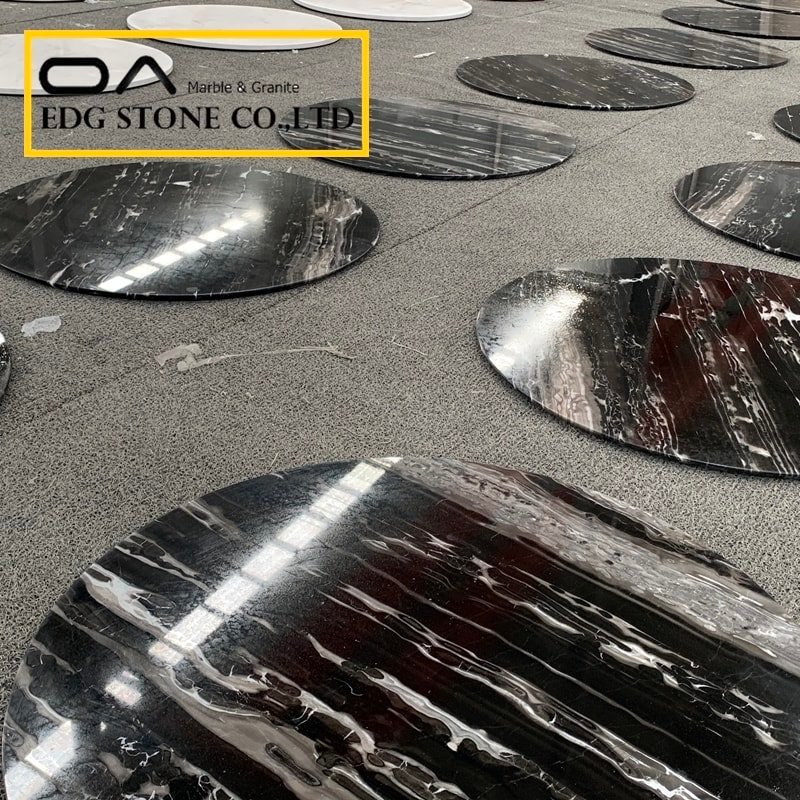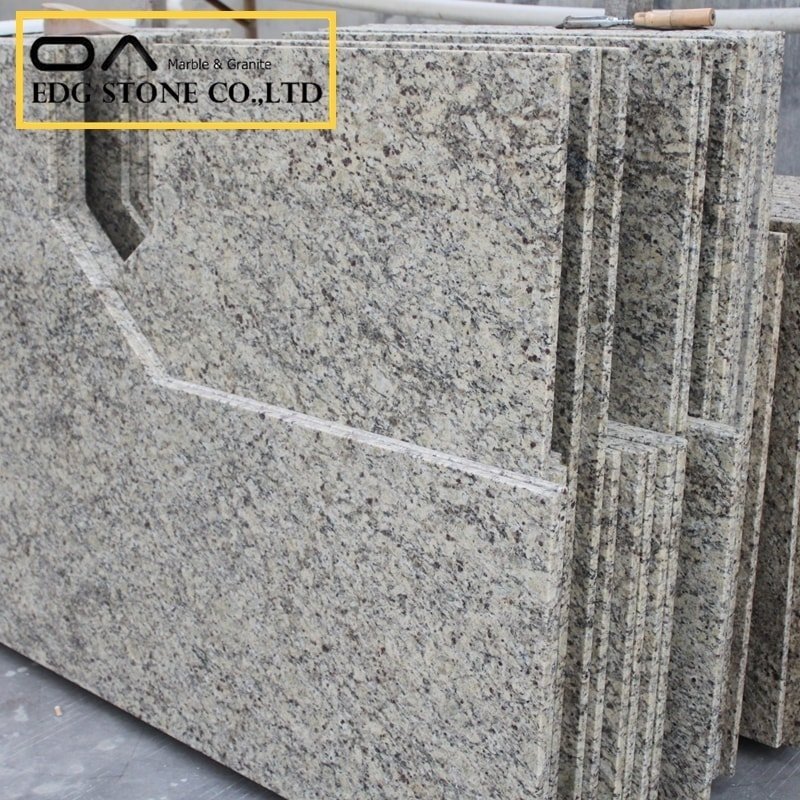Stone is widely used in the decoration of high-grade buildings, mainly because it has excellent physical properties and rich colors, which are unmatched by other materials. However, the luster of stone tends to gradually disappear during use, so understanding the principle of stone color formation and stone maintenance is an important means to maintain its natural color.
Formation principle and solution of stone color difference Since the color of the stone is naturally formed, its color quality depends on the pigment ions and internal structure. At the same time, the sequence of formation of different minerals in the stone will also affect the change of color, which is the reason for the color difference. When using decorative stone, the problem of color difference is often encountered. According to the different structure and color characteristics of the stone, the finishing stone with color difference phenomenon can be roughly summarized into two categories, and the corresponding solution is proposed:
Stone of the same color system refers to stones with the same structure, characteristics, and the same or similar color composition. For example, the large and medium flowers, middle flowers and small flowers, glossy and rough surfaces, new and old surfaces, and upper and lower ore layers of Shandong white hemp all belong to the same color system. In view of the color difference between such stones, it is recommended to use color-enhancing stone curing agents (also known as wet color agents or preservatives) for treatment. The color-enhancing stone curing agent is suitable for adjusting slight color differences in microporous dark stones (such as marble, granite, sandstone, slate, etc.), as well as color enhancement treatment when wear, fading, and dullness occur. For light-colored stones, the color enhancement effect may be less pronounced. Since it is not easy to fade after color enhancement, it is recommended to conduct a small sample experiment first to confirm the effect before carrying out large-area construction.
Stone of different colors Stone of different color systems refers to stones with completely different structures, characteristics, and completely different or very different color compositions. For example, gold thread beige and new western beige, Spanish beige and white sand beige, Shandong white hemp, and American gray hemp belong to different color systems. In view of the color difference between these stones, it is recommended to use the coloring method (dyeing) treatment.
At present, there are about two dozen stone coloring methods at home and abroad, most of which require specific equipment or sites. This is not very convenient for the stone conservation industry to operate in practice. Coloring with stone stains is a simple, convenient, and effective method. However, since the stone is difficult to remove once it is colored, it is recommended to carry out the construction by professional technicians to avoid unnecessary losses.










